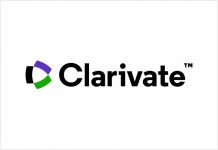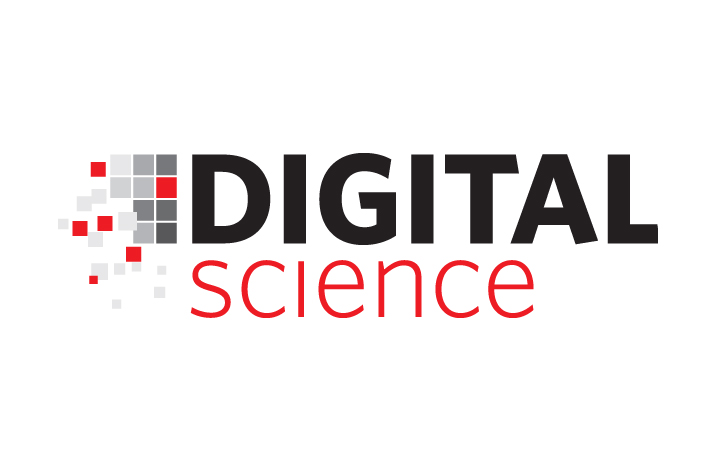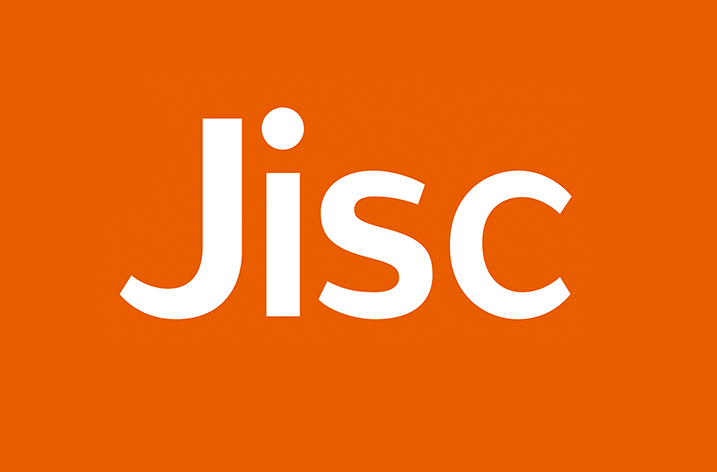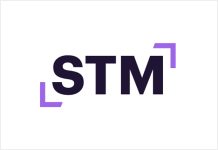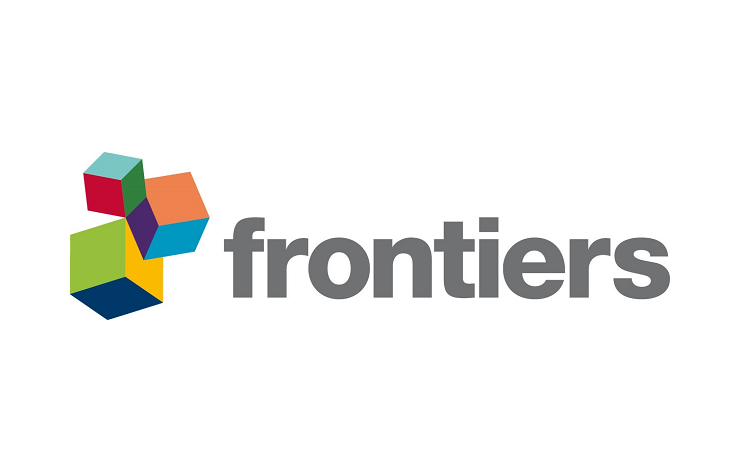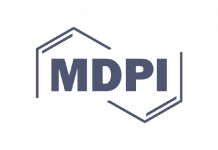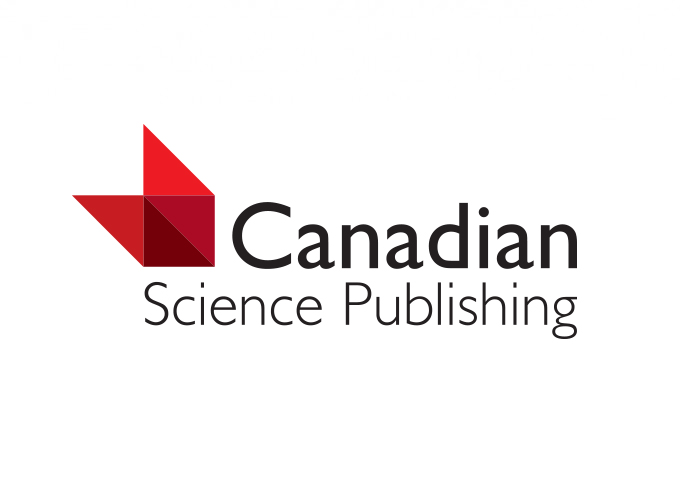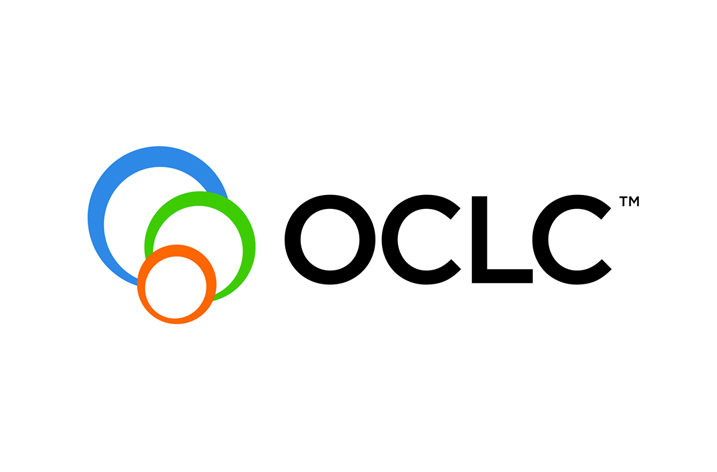
Proposed new transformative publishing standard designed to stimulate demand and fuel supply
In a blog published today, Springer Nature sets out a new approach to research publishing with the goal of increasing the demand from authors to immediately publish their research open access (OA) and growing the supply of journals able to publish OA, potentially enabling even highly selective journals such as Nature to transition to OA.
The new approach would see publishers move from generally being passive enablers of open access to being active drivers of the transition to OA, with this demonstration of commitment increasing institutions and funding bodies’ confidence and support. Views are being sought on the proposed new publishing standard – Transformative Publishing – which encompasses two main elements:
1. ‘Transformative’ read and publish deals: These deals are already proven to accelerate the transition to OA by significantly increasing OA take up. Transformative Publishers would commit to offer them where institutions, consortia or research funding bodies wish to use them and to scale them when in place.
2. Transformative journals: Publishers would commit to adapt the hybrid and subscription journals that they own so that, by complying with the required standard and set of requirements, these journals would be 100% OA for primary research articles at the end of the transition. These requirements include:
· Promoting the benefits of OA to authors prior to submission, at submission and during the peer-review process to allow for comparisons to be made
· Operating a more transparent APC pricing policy that explains the value and cost rationale of each APC pricing band to our customers
· Reporting on the OA and subscription content volumes and usage of its transformative journals portfolio so that institutional librarians can evaluate the cost per article and the article cost per download of their subscription content
Ultimately, transformative publishers would move to being at the forefront of measuring, reporting on, and promoting the benefits of OA and be required to commit to continuously increase the average level of OA take-up across its whole owned journal portfolio, at least at the rate of funding from research funding bodies, institutions and consortia.
Commenting, Steven Inchcoombe, Chief Publishing Officer at Springer Nature, said:
“Back in February, we asked Plan S participants to think again on opposition to hybrid journals. It has become apparent that views have not changed. So, as a publisher that has already been very open about its desire to accelerate the transition to immediate open access, we decided to go back to the drawing board to reconsider what commitments and changes we and other publishers could make to progress the goal of full and immediate OA for all primary research and address the frustrations felt by some funders, policy makers and institutions.
“Our proposal for a new Transformative Publishing standard is radical in that it encourages a significant shift in publishers’ view of their role in the transition to OA. It turns what to date has generally been a passive approach from publishers to offering OA into an active one where the benefits of OA are promoted to authors at every step of their journey. It has the potential to be truly transformative as it addresses the three main challenges all stakeholders are facing: to grow the supply of journals able to publish OA, to increase the demand from authors and funders, and to move significantly faster to a fully OA world.
“Importantly, we think that under this proposal even highly selective journals like Nature could make this commitment. It could therefore put all types of journals on the road to OA, as opposed to the current situation where some can’t even get started.
“Springer Nature will do all it can to progress the move to OA and is prepared to adopt the approach described here but that is not enough. A similar approach needs to be adopted much more widely to have maximum impact. That means researchers, institutions and funding agencies need to determine if this proposal meets their needs and other research publishers need to determine if they would adopt a comparable approach. Where it falls short, we encourage the wider community to suggest improvements. Please visit our blog to read about it in more detail and our LinkedIn page to share your views.”




